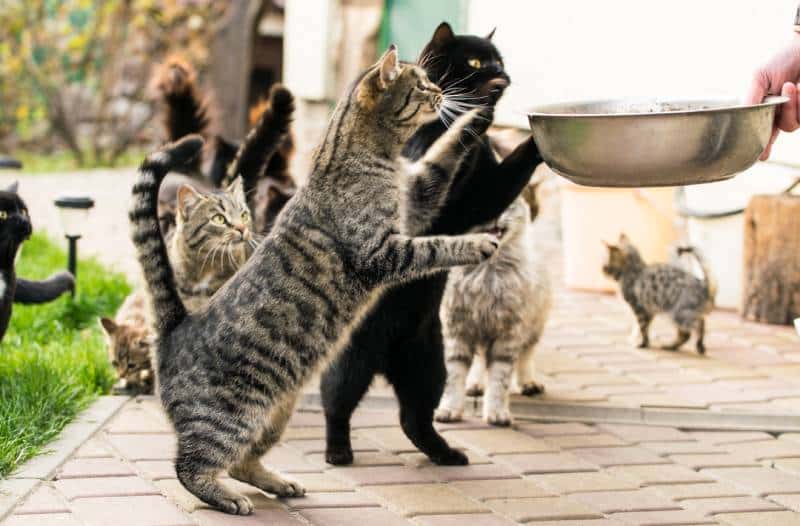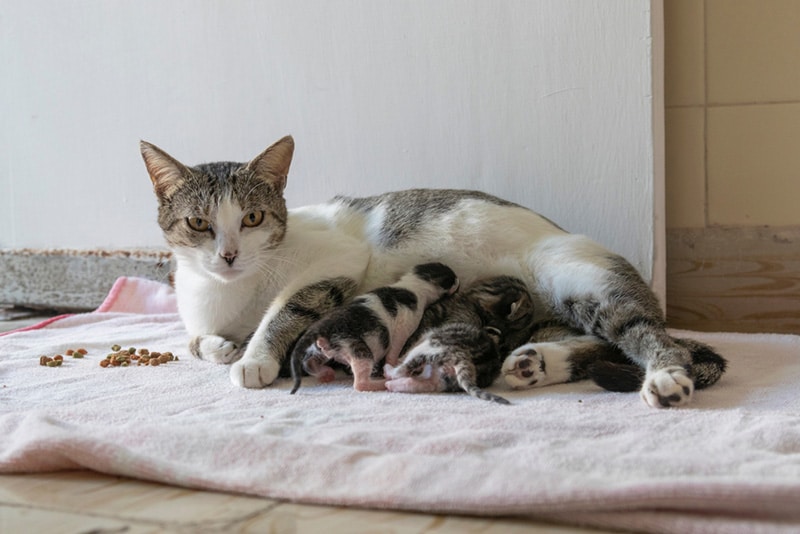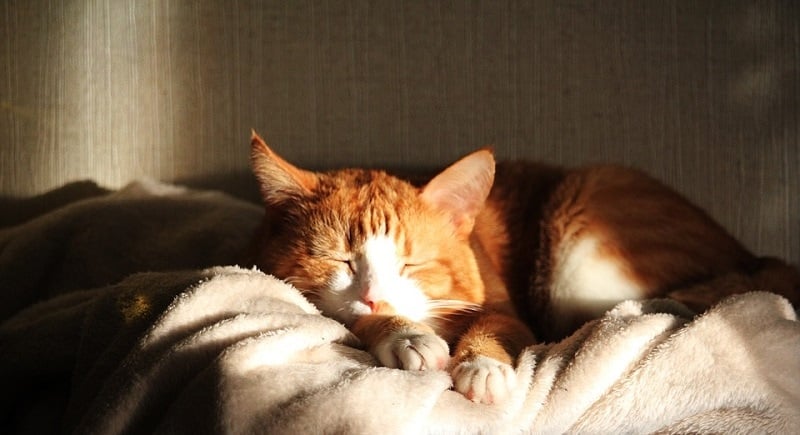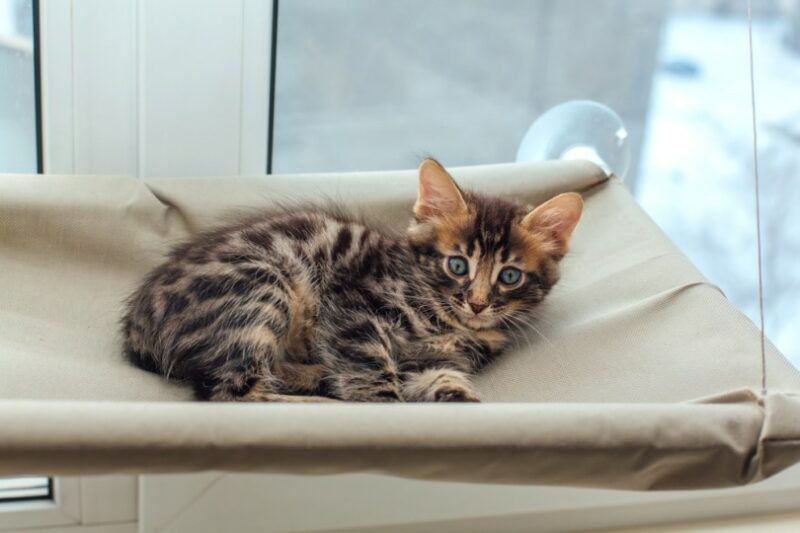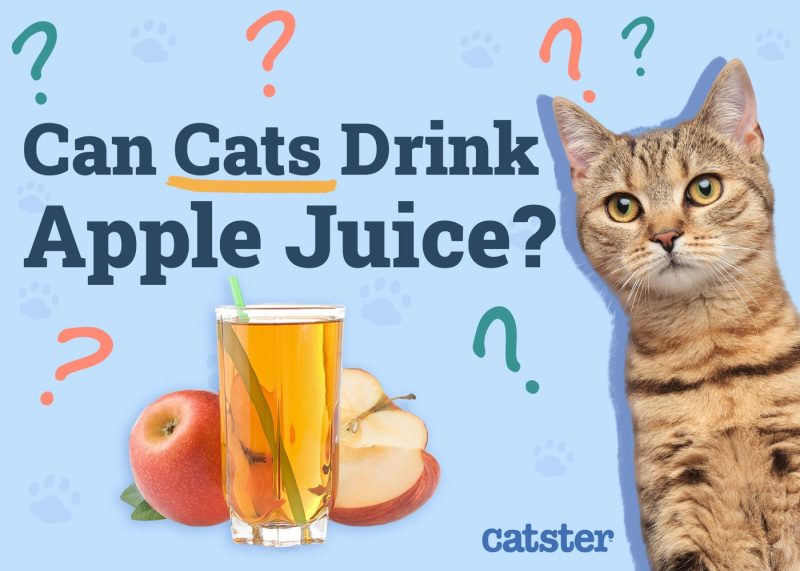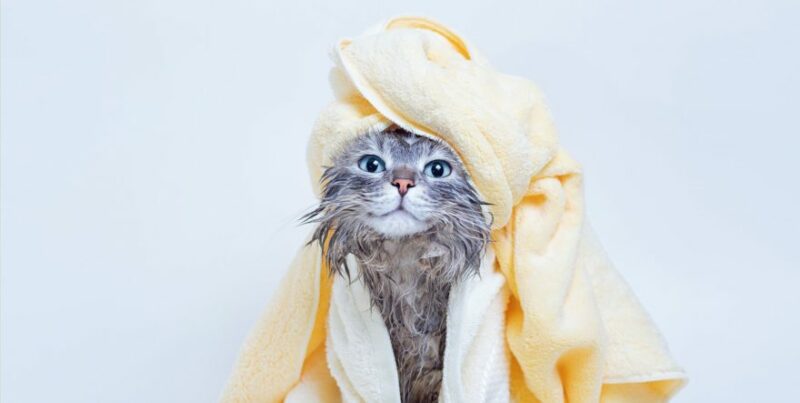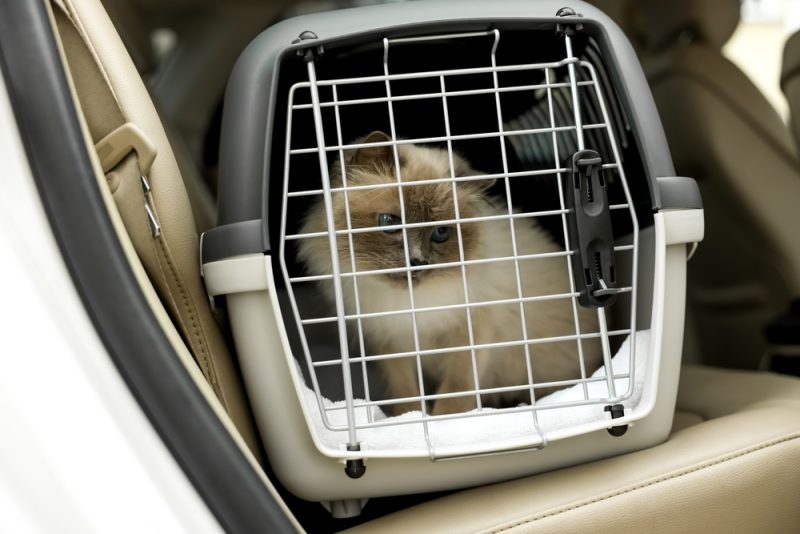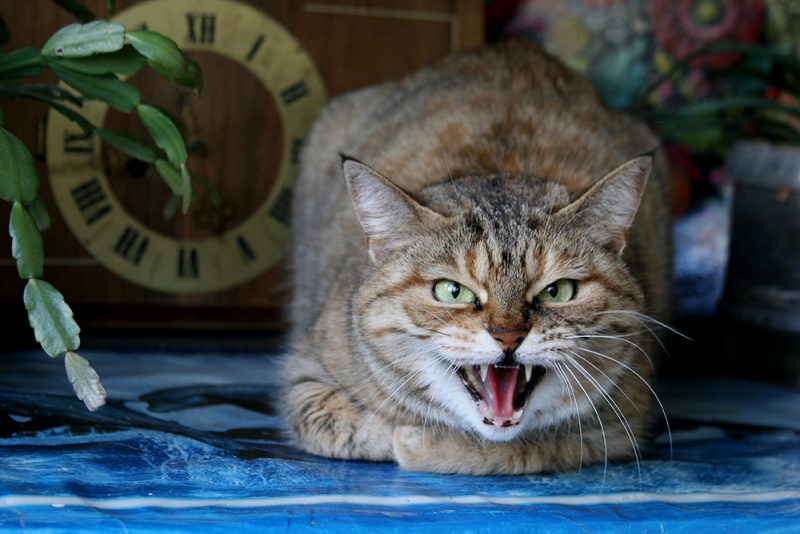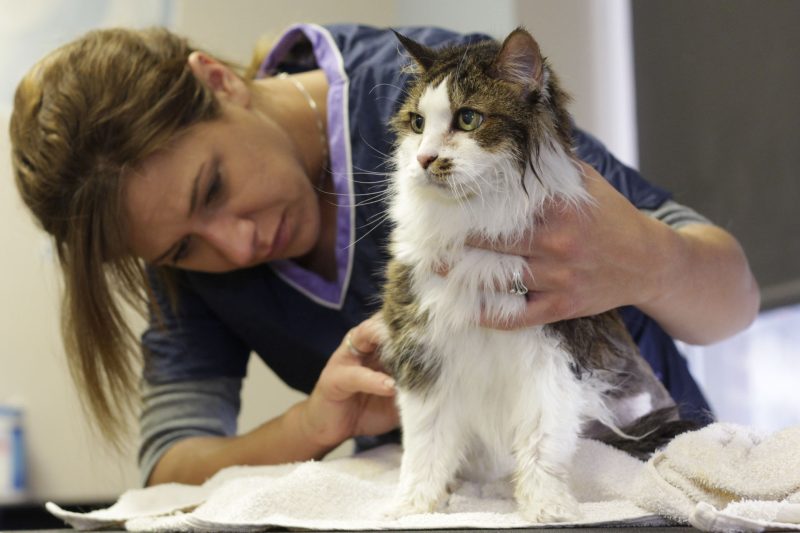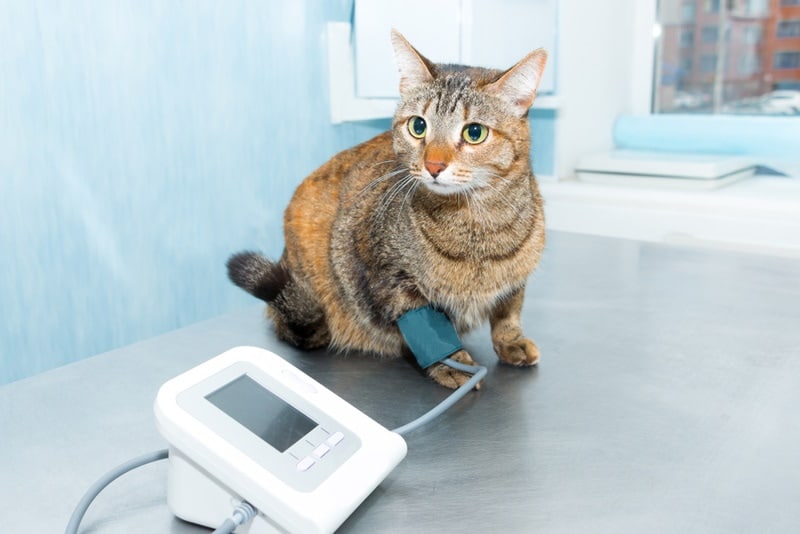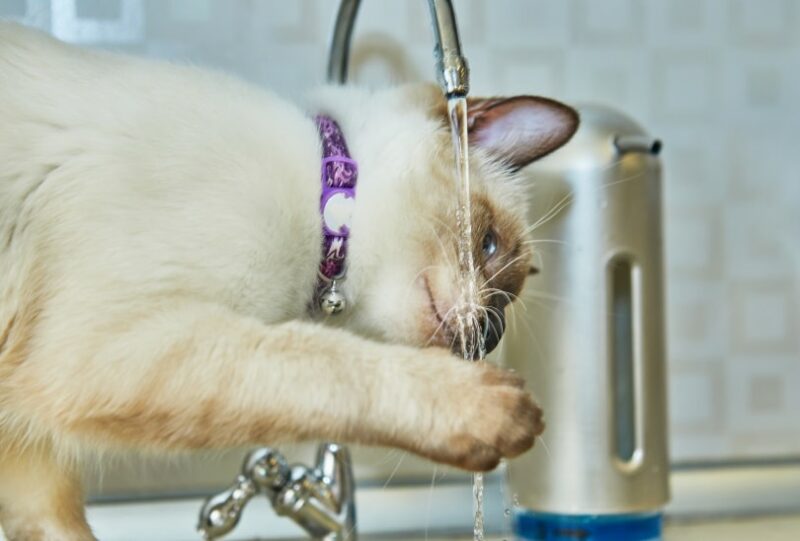Cage-free cat shelters are a relatively new concept for shelter housing. Instead of keeping pets waiting in small enclosures or cages until they can return home, they’re allowed to roam freely around the facility. It sounds great on paper, but is allowing cats free reign of the space appropriate or even safe? We’re not convinced. Today, we’ll examine the pros and cons of a cage-free cat shelter to help you decide if this is the type of facility you’d like to visit to find your next furry family member. Read on to learn more.

The Pros of Cage-Free Cat Shelters
1. Shelter Confinement Can Be Stressful
If you’ve ever owned cats for any period, you know that they do what they want when they want to do it. Cats are famously aloof and independent, and confining them to a cage for days, weeks, or even months is a sure-fire way to stress them out.
A study from the University of British Columbia found that improving the welfare of cats in shelters relies on providing a complex environment focused on meeting the needs of the cats and consistent handling routines. A cage is hardly considered a complex environment, so a huge benefit of a cage-free shelter is that the cats living there are given an environment better suited to their needs.
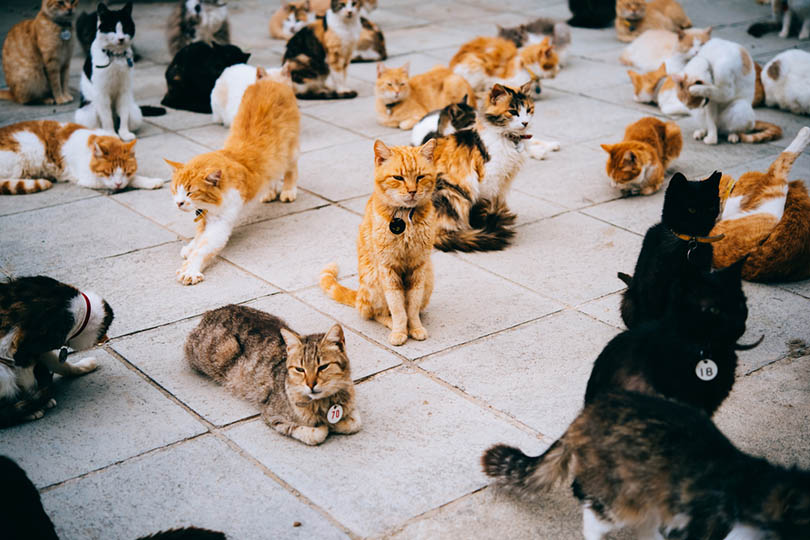
2. Cats Are Social Creatures
Though cats have a reputation for being independent, the truth is that many of them are quite social under the right circumstances. Living in a cage-free shelter allows social cats to mingle with others who are like them, socializing them and ultimately preparing them for finding their forever home.
However, not all cats are social, nor do they like sharing their space and resources with other cats, so that’s something really important to keep in mind.
3. Convenience for Potential Adopters
It is much more convenient for potential adopters to interact in an open space with the cats and kittens they’re interested in adopting versus looking at them through a cage. This has the potential for improving adoption rates, though there are no concrete studies about this available yet.
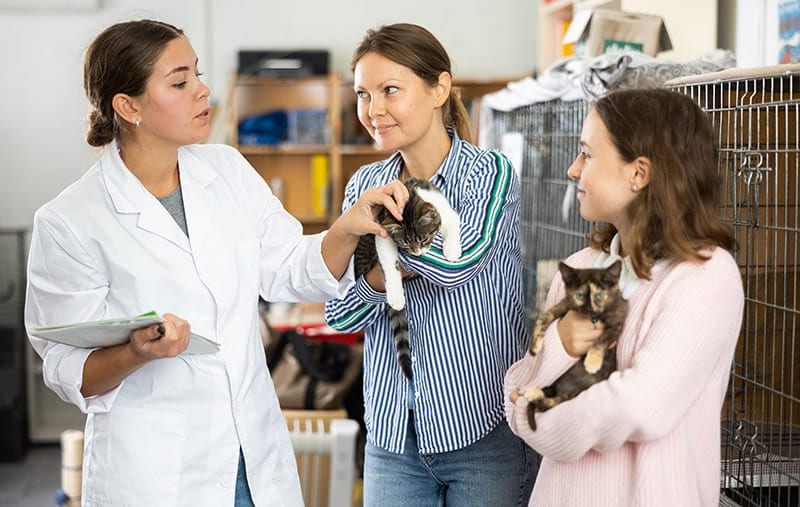

The Cons of Cage-Free Cat Shelters
1. They’re Not Suitable for Every Cat
Perhaps the biggest “con” of cage-free shelters is that they’re not recommended for every cat. According to the recently released Guidelines for Standards of Care in Animal Shelters,1 co-housing (keeping more than one animal in the same enclosure) can improve animal welfare in some situations as it increases socialization. Still, it is not suitable for every animal. If shelters must co-house animals, it needs to be done in a way that prioritizes animal well-being.
2. They Require Lots of Resources
Co-housing requires special considerations, such as ensuring appropriate resources are provided to minimize resource guarding. Additionally, each individual animal and the group dynamics must be constantly monitored so signs of stress and social conflicts are noticed right away.
The guideline is that any group room should have a minimum of 18 square feet of floor space per cat. Additionally, each animal will require adequate access to resources such as food and water bowls and litter boxes, which need to be spaced around the enclosure. Since the general rule is that you have one litter box per cat plus one extra, you can imagine how many boxes that might mean in a group setting.
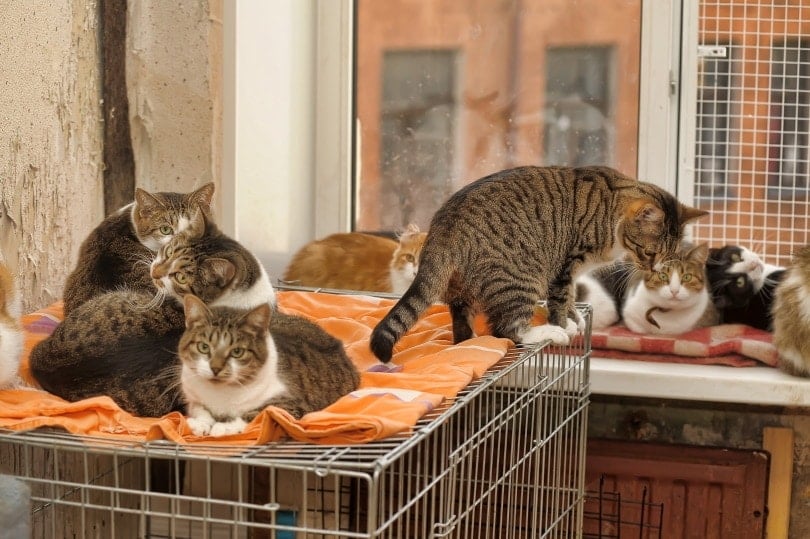
3. Large Groups Are Hard to Monitor
Monitoring a large group can be very hard for the shelter employees to do efficiently. With inappropriate monitoring comes an increased risk of conflict and infectious disease transmission. The Association of Shelter Veterinarians recommends no more than six adult cats be kept in the same enclosure.
4. Introducing New Cats Is Stress-Inducing
Introducing new cats into a co-housing situation can be stressful for both the new kitty joining and the group as a whole. Introductions need to be done slowly and deliberately to increase the likelihood of success. However, proper introduction can take a toll on the resources available at the shelter, including the staff. Additionally, group turnover should be minimized to keep stress levels down and reduce social conflicts and the risk of infectious disease transmission.
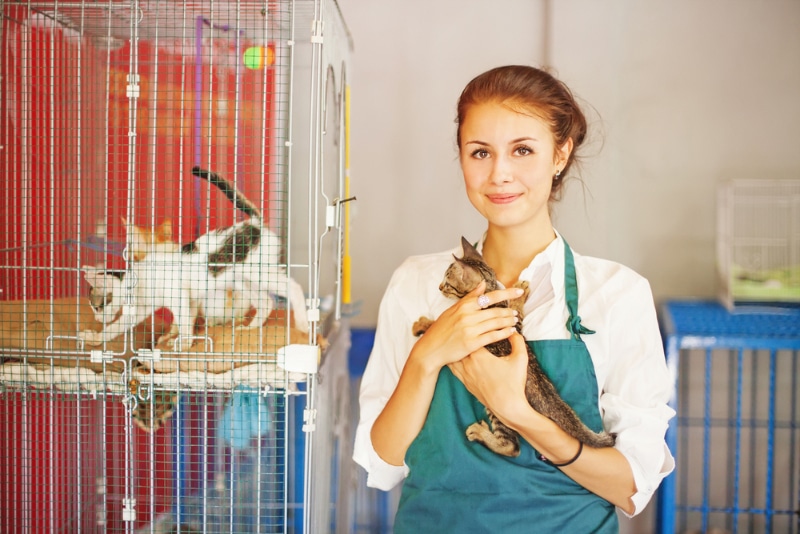
5. Increased Risk of Infectious Diseases
Cats living in close quarters with one another may be at an increased risk of developing infectious diseases. The greatest disease risks for cats in shelters include respiratory diseases like feline calicivirus, skin diseases such as dermatophytosis, gastrointestinal diseases like parasitic infestations, and systemic diseases such as feline infectious peritonitis (where a virus is the underlying cause, but additional factors are needed for the cat to develop illness).
6. Pregnancy Risk
Not all shelters have the funds available to them to spay or neuter every cat that comes through their doors. As you can imagine, having intact males and females running around together could be a recipe for disaster. It could easily happen accidently, if say a kitten was not thought to be of reproductive age or a female was thought to be spayed but wasn’t. Mating cats will add to the overpopulation problem and create more animals desperately in need of loving homes.
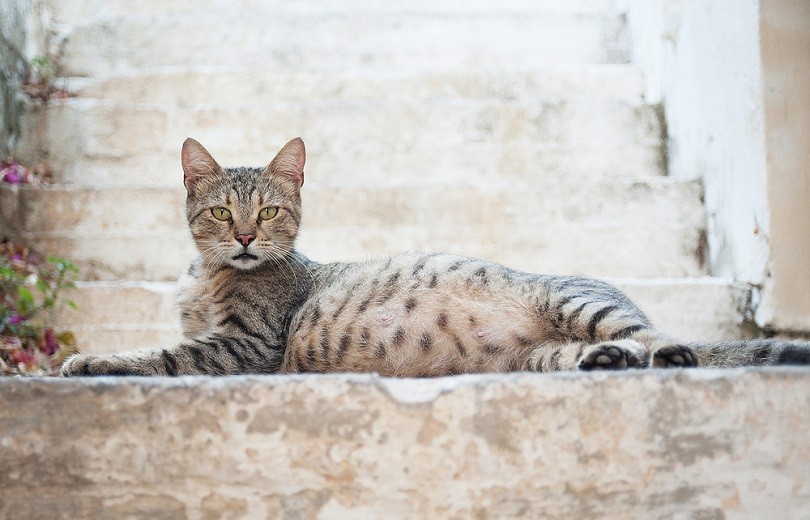

What’s the Solution?
So, if a cage-free cat shelter isn’t all it’s cracked up to be, what is the right solution for the animals waiting for their forever homes in shelters? What makes an animal shelter good?
There are many things to look for when considering which shelter to adopt from:
- Size of cat accommodations: The rooms/kennels should have enough width, height, and depth to allow the cat to have a separate space for sleeping, eating, and peeing/pooping. Ideally, individual cat housing would provide at least 11 square feet or more of floor space.
- Staff qualifications: Some, if not all, of the staff should have some kind of expertise in animal husbandry.
- Humane handling: Shelter staff should regularly support their resident cat’s well-being by handling them humanely and appropriately. Humane handling involves making necessary adjustments to the environment to minimize stress (e.g., slow introductions, using low and calm voices, not scruffing cats etc.)
- Veterinary care: Responsible shelters will work closely with a veterinary clinic to provide adequate care for their animals.
- Quarantine areas: Responsible shelters will have special quarantine areas for the cats coming to them from uncertain circumstances and those who may be bringing infectious diseases.
- Record-keeping: Shelters should have a detailed, accurate, and up-to-date record of all the animals in their care so they can pass along this important information to adopters.
- Adoption process: Shelters absolutely should require potential adopters to fill out detailed adoption applications and contracts. A qualified staff member should thoroughly read through the applications to assess the adopters’ suitability for the pet in question.

Final Thoughts
While there are a few benefits to operating a cage-free cat shelter, it seems that the cons far outweigh the pros for the cats looking for their forever homes and the staff members working at the shelter. Co-housing can work, but it requires careful precautions and considerations to ensure the benefits and risks for each individual cat have been balanced. The success will depend on proper management and well-designed facilities, which may not always apply to every shelter.
Featured Image Credit: Konoplytska, Shutterstock

